“New Chinese style” garden landscape has become a new favorite, which tree species are more preferred?
Classical gardens are a model of ancient architecture and garden art, representing people's aesthetic taste and aesthetic orientation, and occupy a place in the history of world architecture. With the revival of national consciousness, traditional customs are now loved and sought after by more and more people, and the "new Chinese style" garden landscape is one of the main representatives.
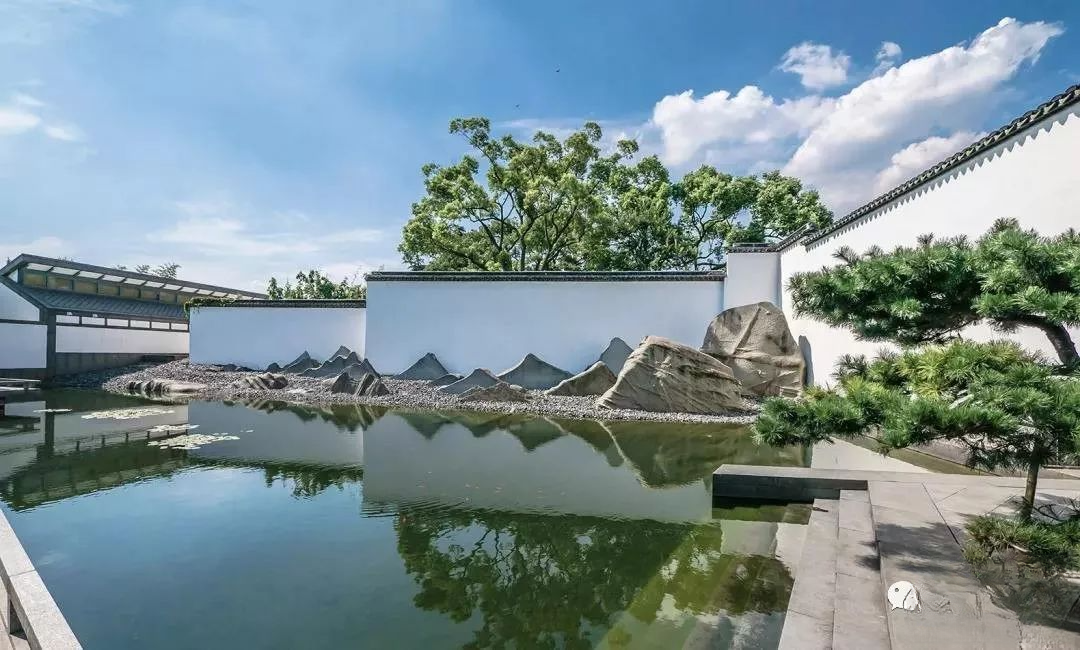
What is "New Chinese" garden landscape?
Using contemporary landscape design language, the spiritual connotation of traditional gardens is expressed, modern elements are organically combined with traditional elements, and a garden landscape with traditional charm is created based on the functional needs and aesthetic preferences of modern people.
In terms of space creation , it is either sublime and festive, or peaceful, tranquil and restrained; in terms of plant application , it inherits the preference for traditional precious plants in classical gardens, such as pine, bamboo, plum, crabapple, osmanthus, pomegranate, etc. In terms of color selection , several colors that can represent Chinese civilization, the so-called "national colors", are mainly red, glazed yellow, Great Wall gray, jade white, and Sophora japonica green.
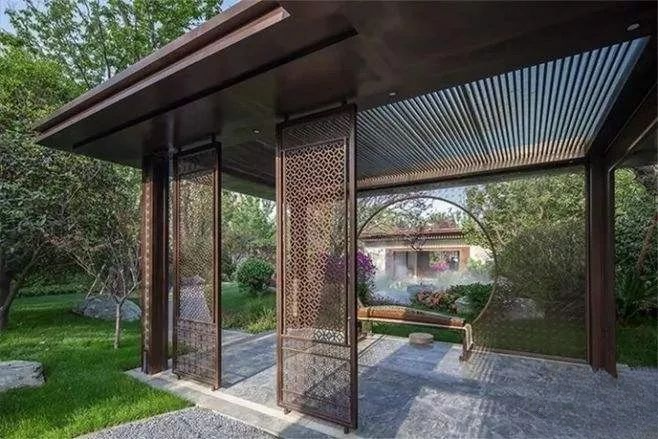
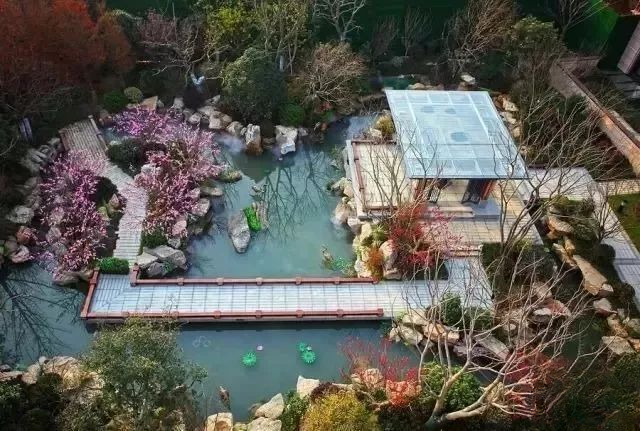
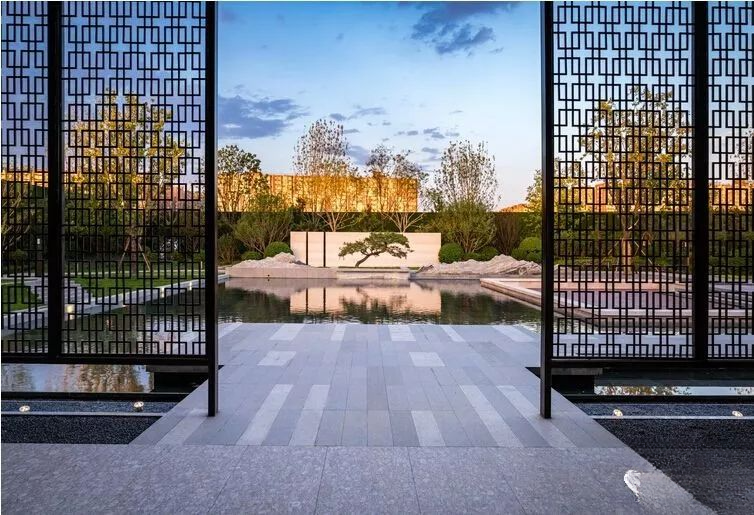
2. The combination of natural plants and trimmed plants, with green as the main color, is a combination of classical gardens and European garden planting design techniques. It creates a modern and simple plant space while having a strong atmosphere.
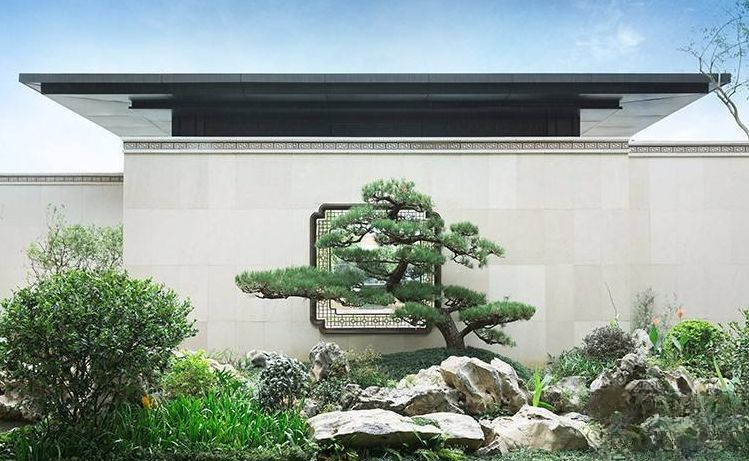
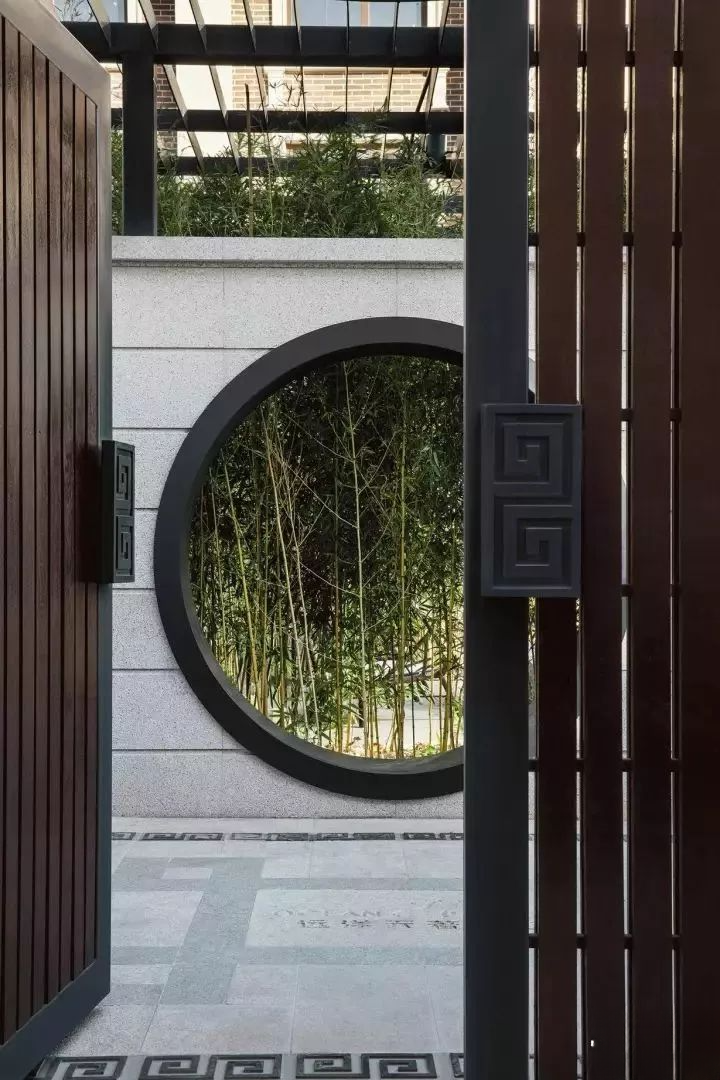
1. Podocarpus
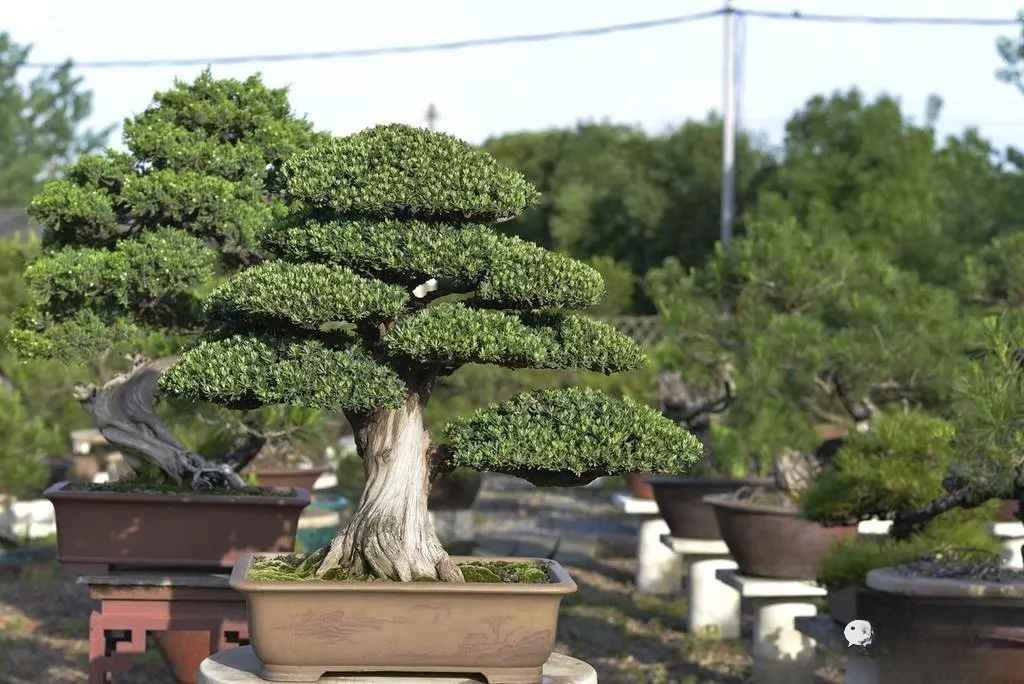
In traditional culture, Podocarpus is a symbol of longevity, wealth preservation, and home protection, and it is auspicious. In Guangdong, there is a saying that "a family with Podocarpus will never be poor." Ancient officials also liked to plant Podocarpus in their courtyards, considering it the patron saint of their official positions.
2. Ginkgo
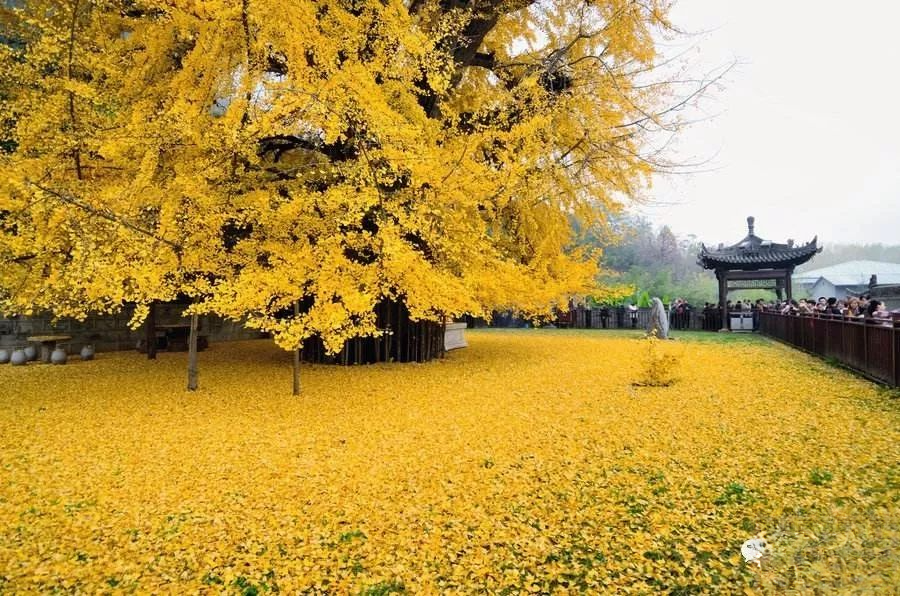
3. Osmanthus
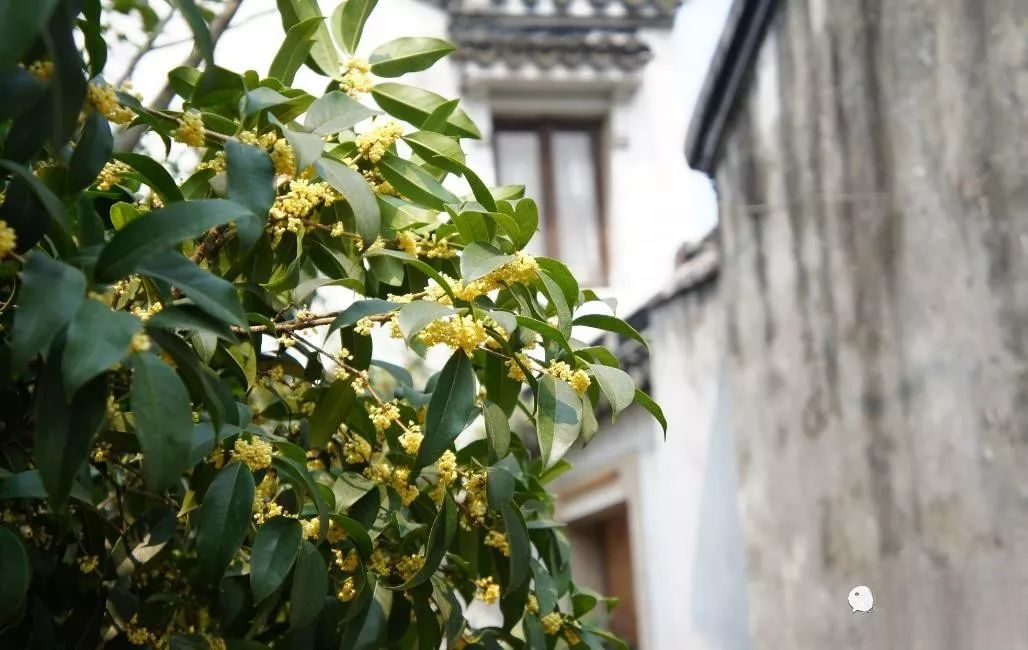
According to legend, there is a laurel tree in the moon. Osmanthus fragrans is also known as osmanthus. Cassia twigs can be used as medicine to dispel wind evil and harmonize. Planting it at the door of the house will bring wealth and honor to the family, and the descendants will have noble sons.
4. Begonia
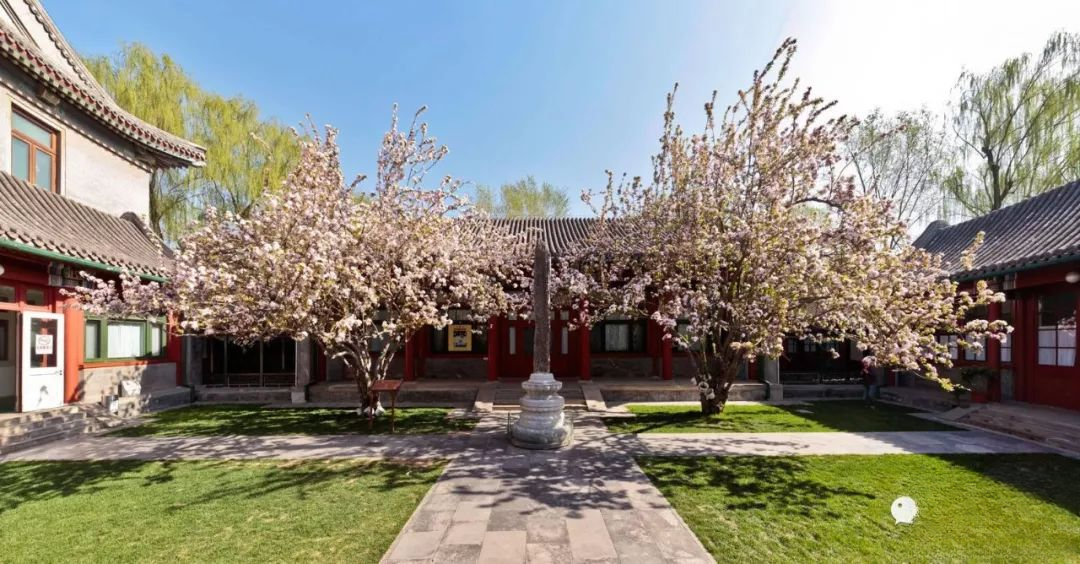
The bright blooming crabapple blossoms bring wealth and prosperity to the house, and are known as the "fairy among flowers" and "noble concubine of flowers". The blooming of the crabapple tree symbolizes harmony and happiness among brothers.
5. Magnolia
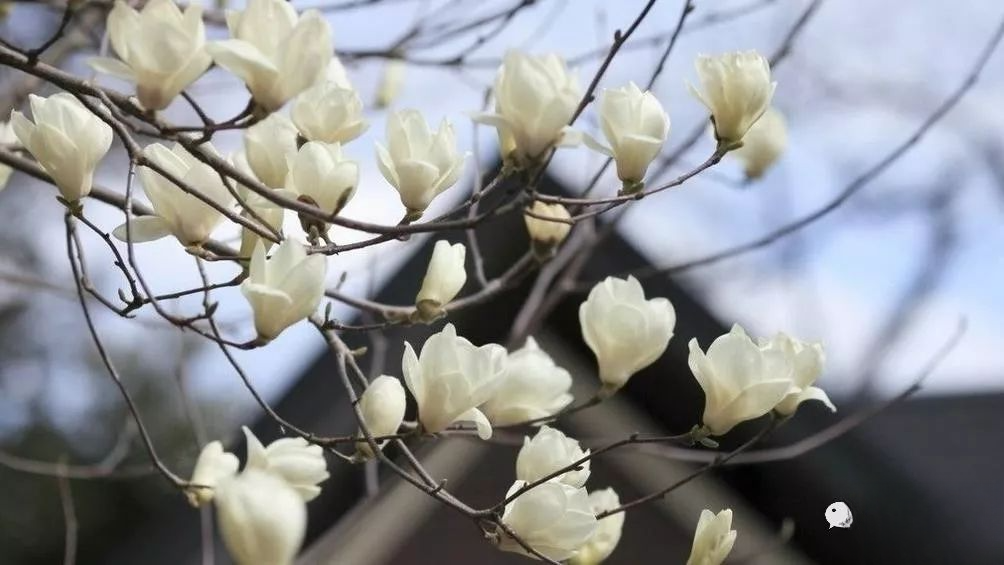
Magnolia is a tall tree. When it blooms in early spring, the tree is dotted with white flowers. When it is in full bloom, it looks like snow falling on the waves, clear and fragrant, which is a spectacular sight. Magnolia symbolizes nobleness and elegance, as well as good luck and good fortune. It can be said to be appreciated by both the elite and the masses. In classical gardens, it is often planted together with crabapples, winter jasmines, peonies, and osmanthus, forming a good meaning of "rich and prosperous in the jade hall".
6. Plum
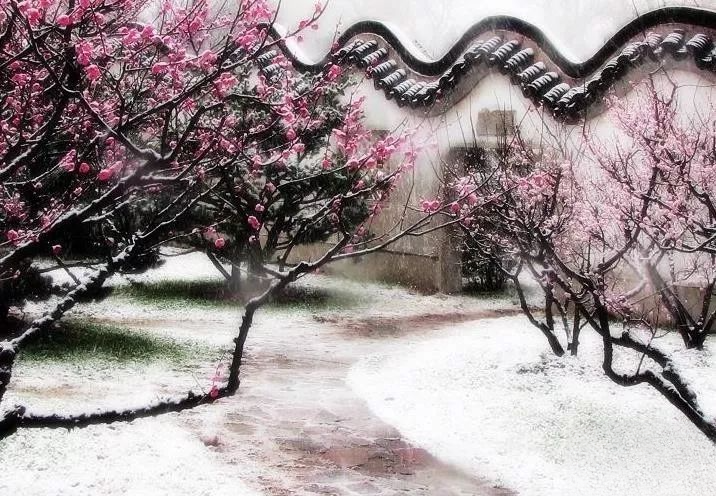
7. Bamboo
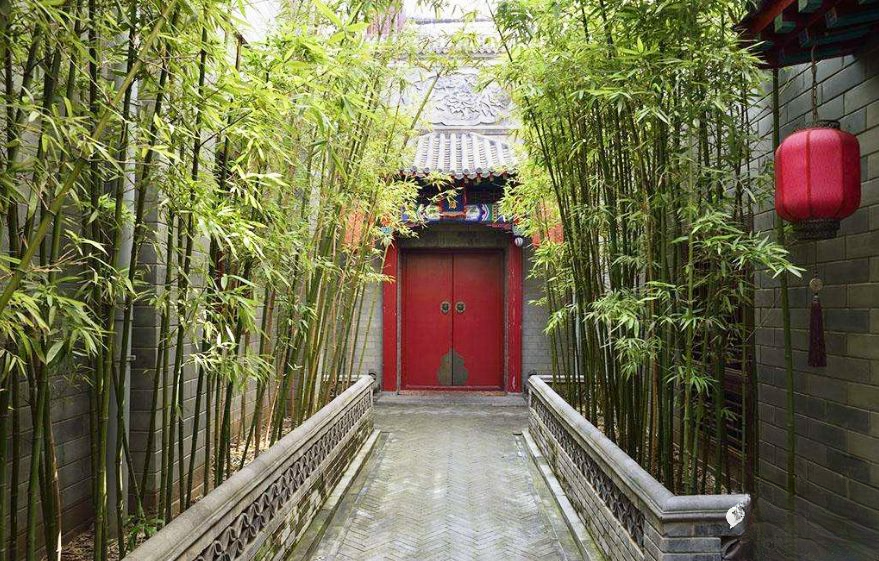
Bamboo has tall and straight branches, is green all year round, and can withstand frost and snow. It is loved by people. It is called the Four Gentlemen together with plum, orchid and chrysanthemum, and the Three Friends of Winter together with plum and pine. Many ancient and modern literati love and write about bamboo. Su Shi once said, "I would rather eat without meat than live without bamboo." In gardens, bamboo is often planted in bamboo forests, bamboo paths, or planted by walls or windows.
8. Nandina domestica
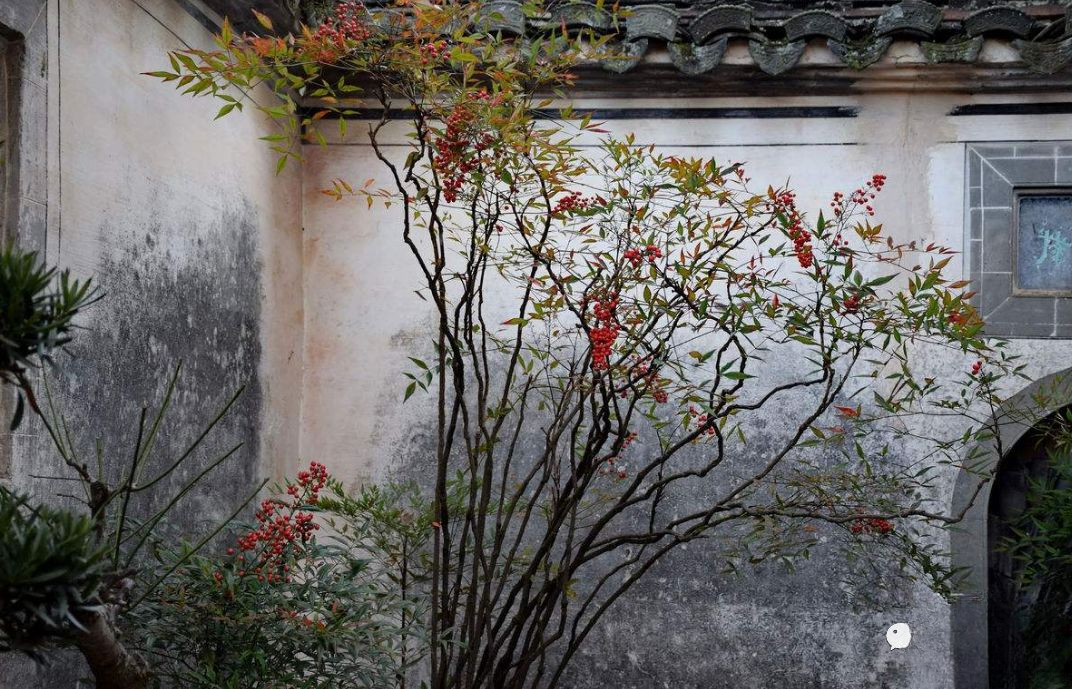
Nandina domestica is an evergreen shrub with upright branches like bamboo and beautiful feathery leaves. In autumn and winter, its branches and leaves are dyed with autumn colors, and its fruits are bright and eye-catching. It is a rare garden plant that is beautiful in all seasons. It is also a good material for classical flower arrangement. Its fruit branches are often placed in a vase with blooming wintersweets and pine branches, which is a metaphor for the three friends of winter: pine, bamboo and plum. In addition, "Tianzhu" is homophonic with "Zhu", which is a metaphor for congratulations.
9. Banana
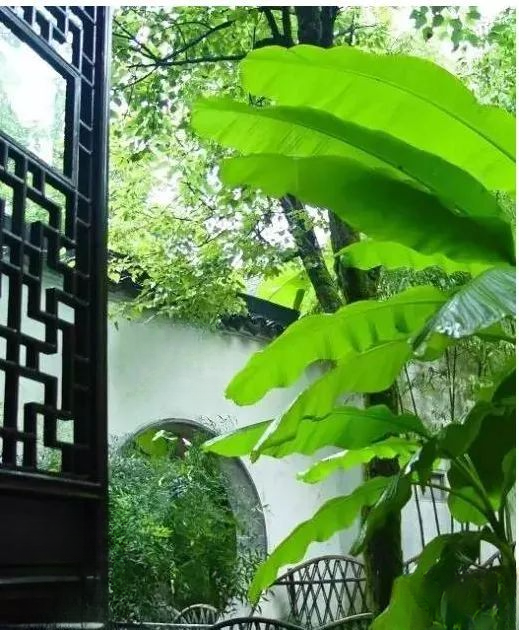
The banana tree stands tall and upright, with a rough and unrestrained body, but its leaves are as green as silk and delicate as a painting, combining the roughness of northerners with the delicacy of southerners, just as Jia Tanchun in "Dream of Red Mansions" called herself "the guest under the banana tree". It rains a lot in the south of the Yangtze River, and banana trees are often associated with the sound of pattering rain in the poems of literati, "Who planted the banana tree in front of the window? The raindrops fall on the steps until dawn."
10. Woodruff
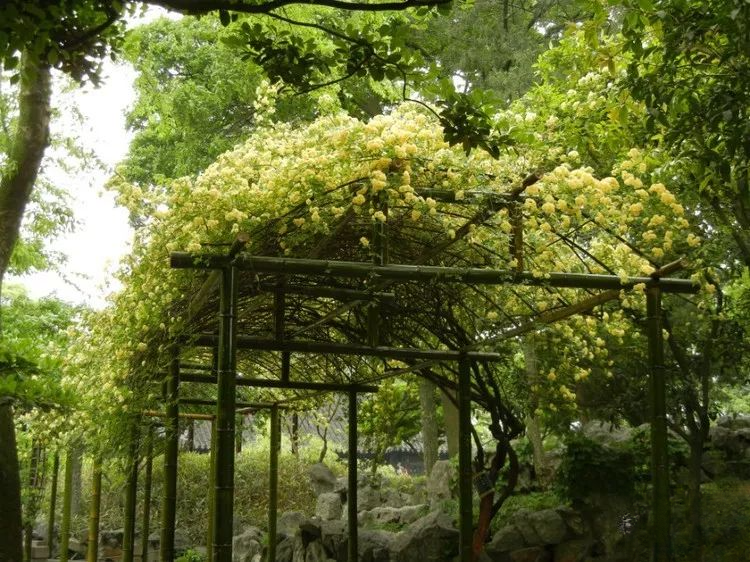
Osmanthus fragrans is a climbing shrub planted on walls or hedges. When it blooms in early summer, it blooms in clusters, white as snow, yellow as clouds, and has a unique and rich fragrance. Legend has it that when the Jade Emperor went on tour, he liked to use the vines of Osmanthus fragrans to pave the road. In ancient times, women often wore Osmanthus fragrans flowers. If they met a close friend, they would take off their pendants and give them to him as a gift.
11. Viburnum
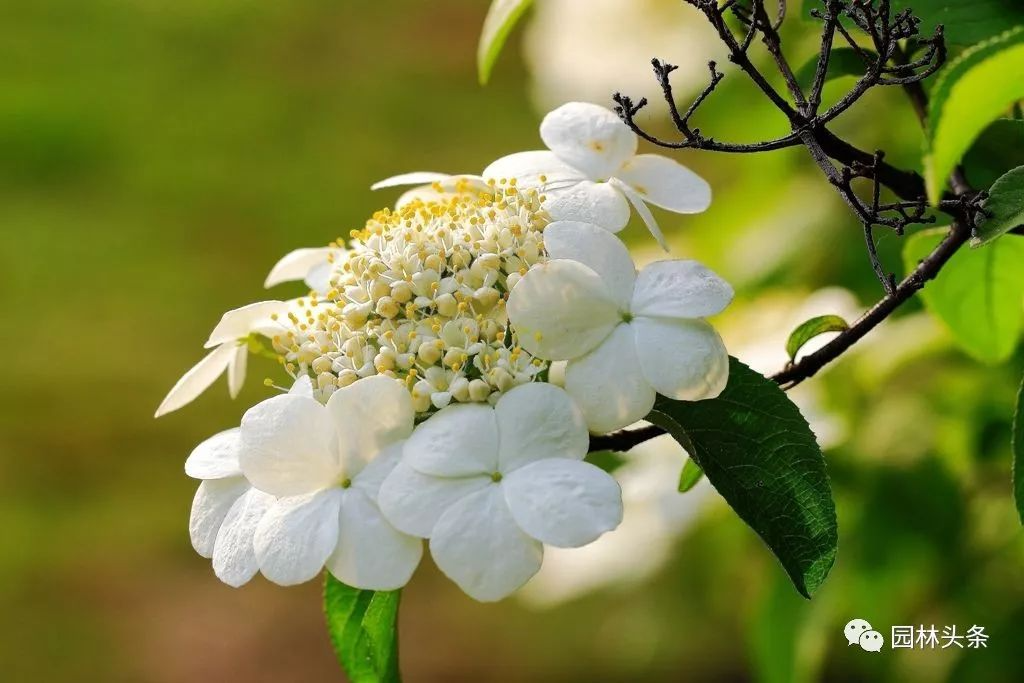
The magnolia is a semi-evergreen shrub that blooms in April and May every year. The flowers are as big as plates and white as jade. Eight five-petal flowers are clustered around the pearl-like flower in the middle. When the grass and trees wither, the green leaves and red fruits are particularly charming. Legend has it that the magnolia grows from a seed brought by a crane. When it blooms, it is full of light and changes color every hour. It is said that Emperor Yang of Sui insisted on digging a canal just to see the fairy-like beauty of the magnolia.
12. Pomegranate
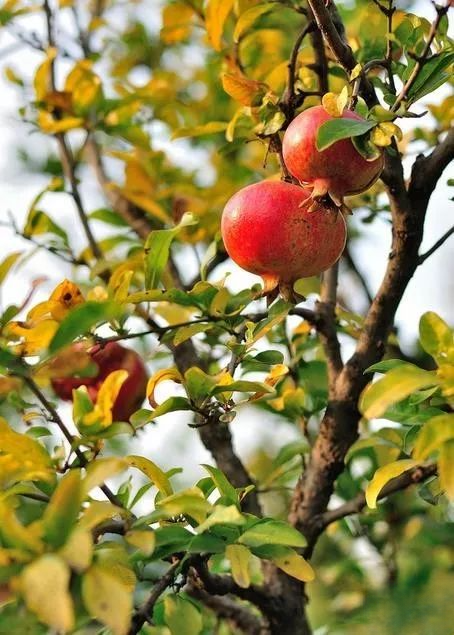
13. Persimmon Tree
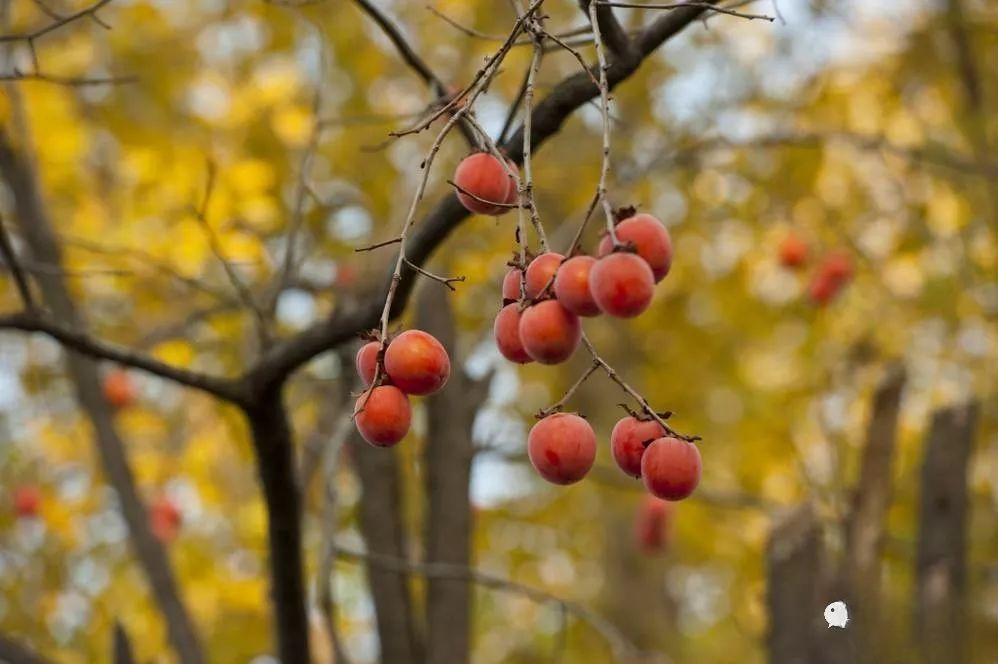
Persimmon trees have been regarded as auspicious trees since ancient times, symbolizing the success of all wishes. The persimmons left on the tree look red from afar, implying a prosperous life.
14. Date Tree
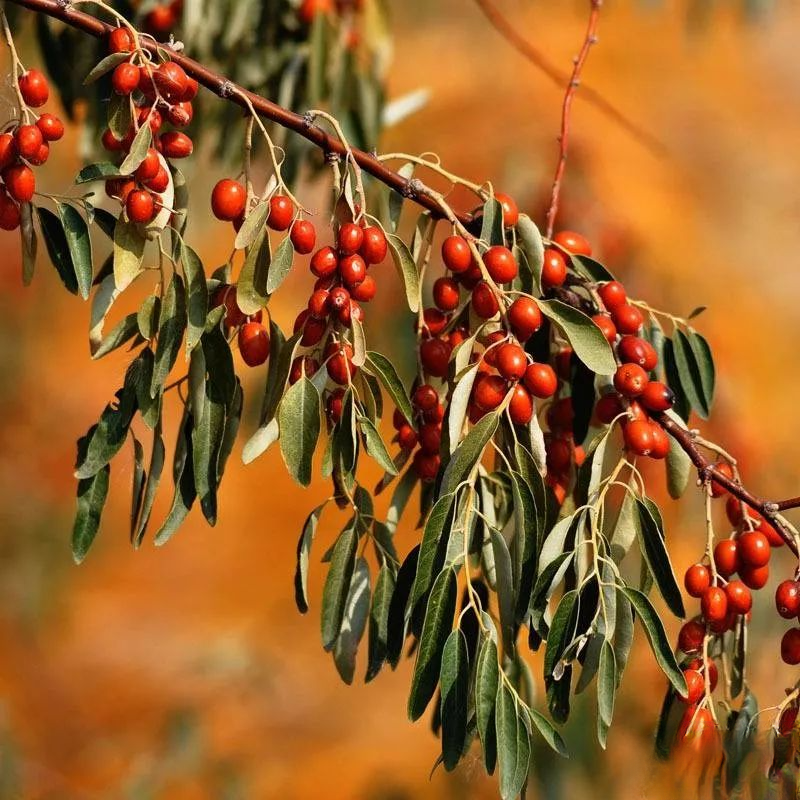
Planting a jujube tree in the courtyard is a metaphor for having a son early and being one step ahead in everything.
15. Tachibana
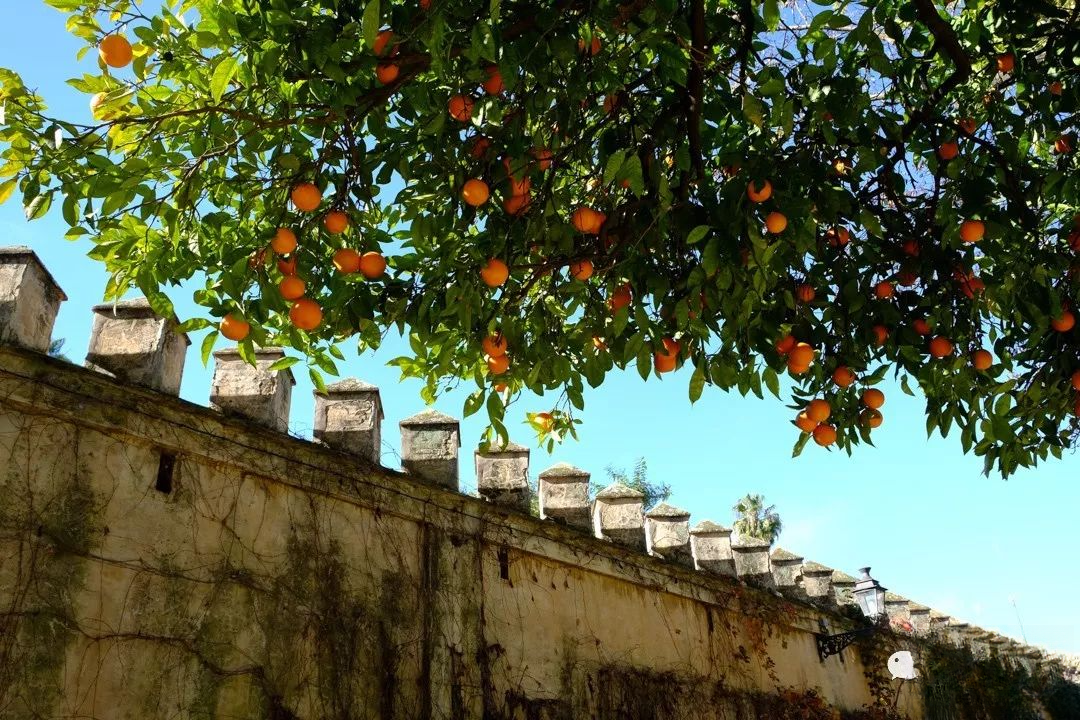
The orange tree is a homophone of "ju" and "ji", which means good luck. The fruit is orange-red or orange-yellow, representing enthusiasm and joy.
1. Jixi Museum
The Jiexi Museum designed by Master Li Xinggang is a perfect interpretation of the new Chinese courtyard.
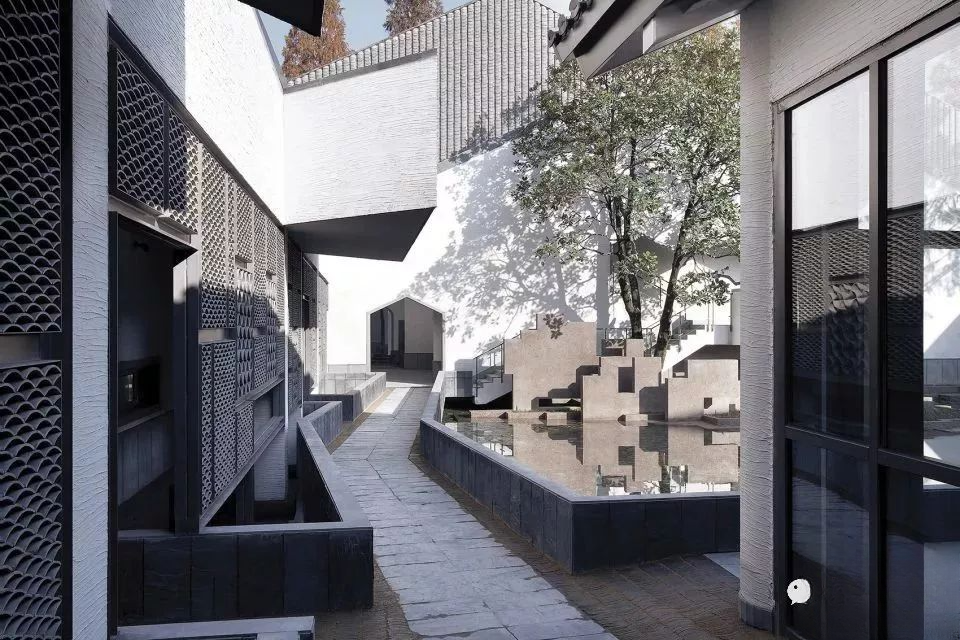
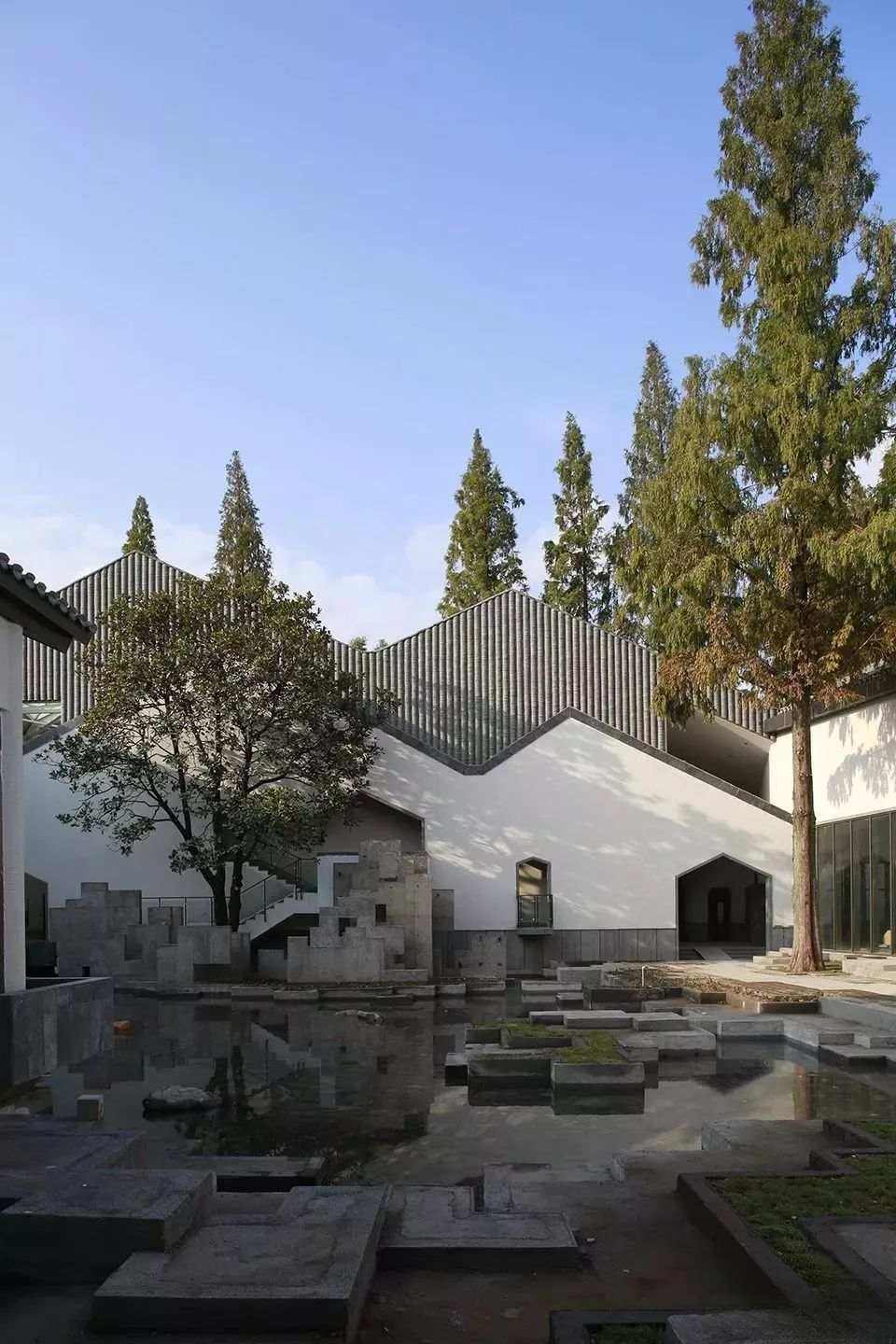
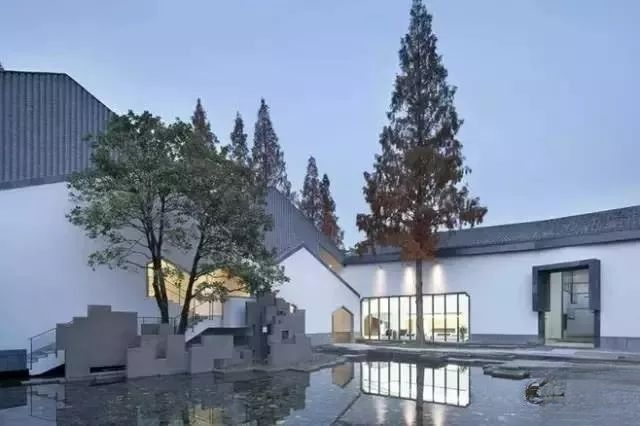
2. Suzhou Museum
When it comes to the design of new Chinese courtyards, Mr. Pei's Suzhou Museum is worth mentioning. As a new embodiment of traditional Chinese landscape art, Suzhou Museum innovates the use of traditional methods of stacking mountains and water, arranging plants, and framing scenery. The implantation of modern elements adds a new aesthetic experience. It is a masterpiece that rejuvenates traditional courtyards.
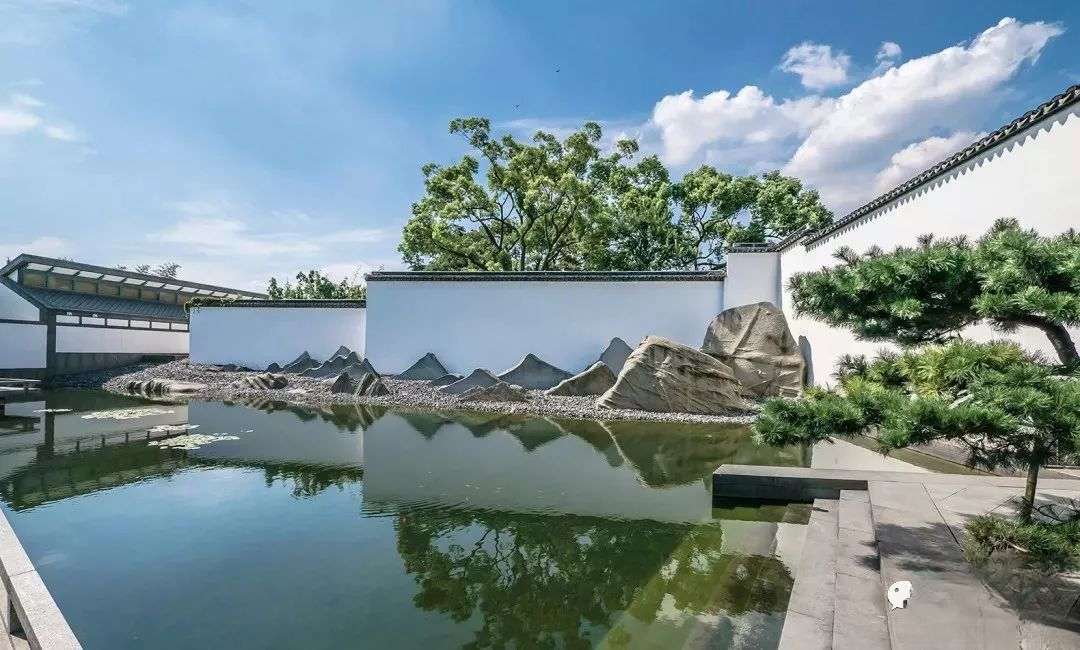

Among them, traditional courtyard landscaping is widely used, and the usual techniques of framing and borrowing scenery are used to connect the products of different eras inside and outside the house into one, just like a painting scroll, which adds infinite contemporary characteristics on the basis of tradition.
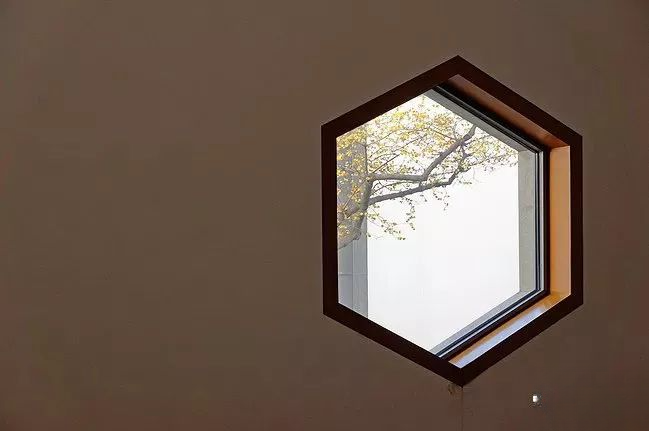
The design of Dieyuan House attempts to reconstruct the traditional courtyard-style academy in Lingnan region, but the traditional ritual axis is reorganized into a series of walking, viewing and situational interactions in the courtyard.
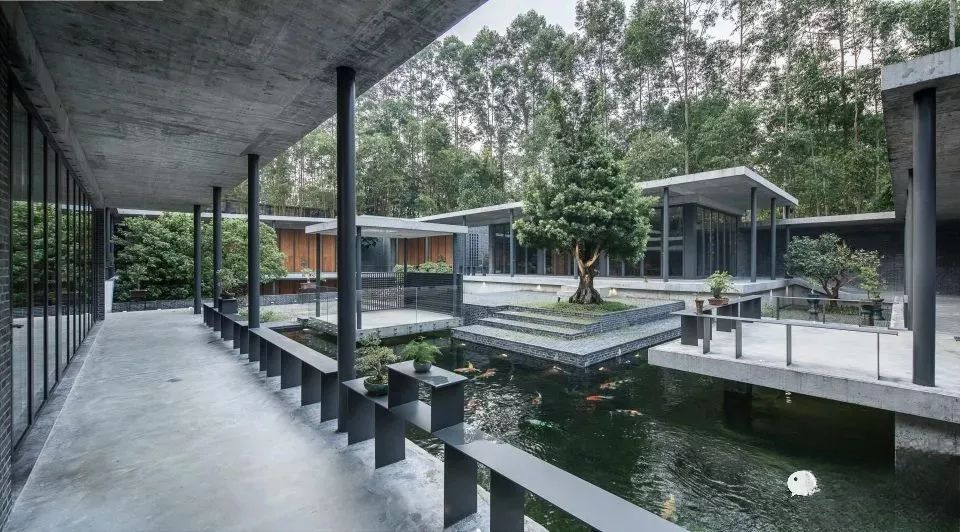
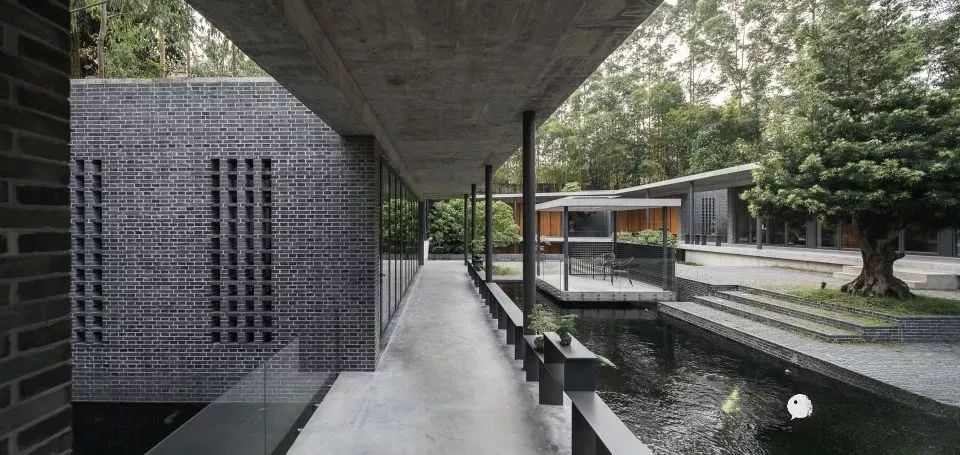

……